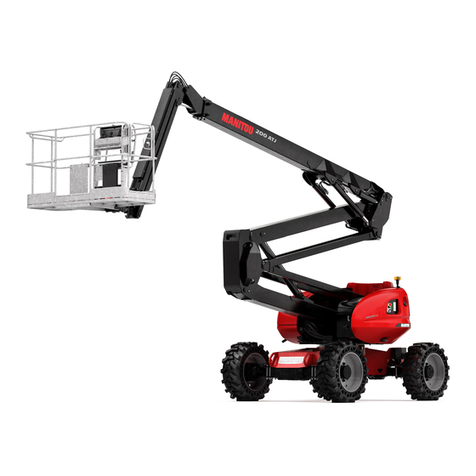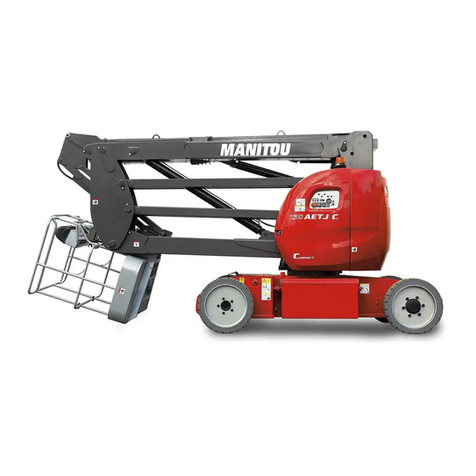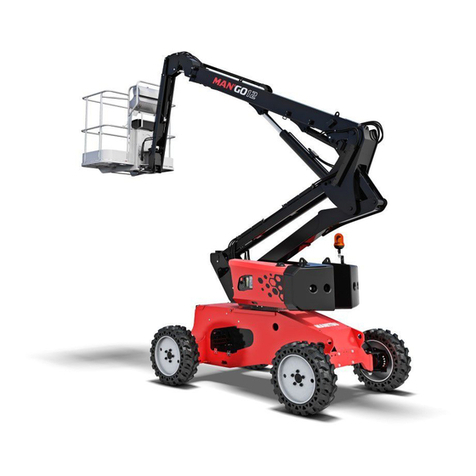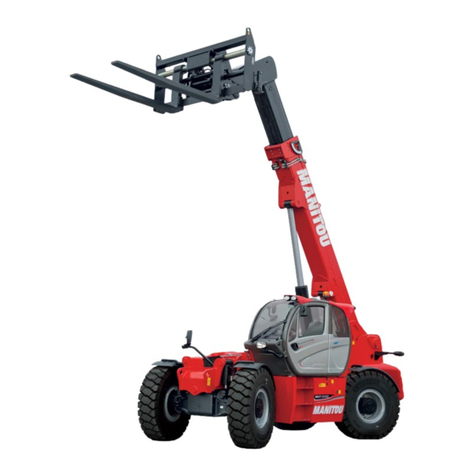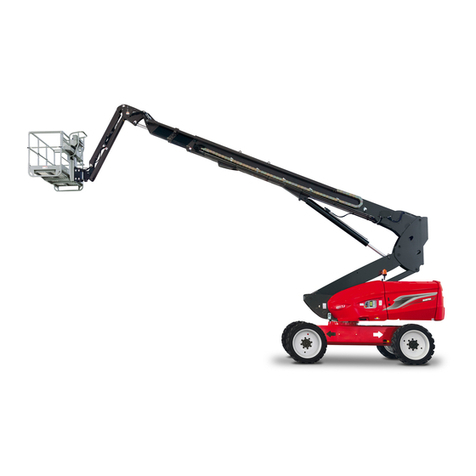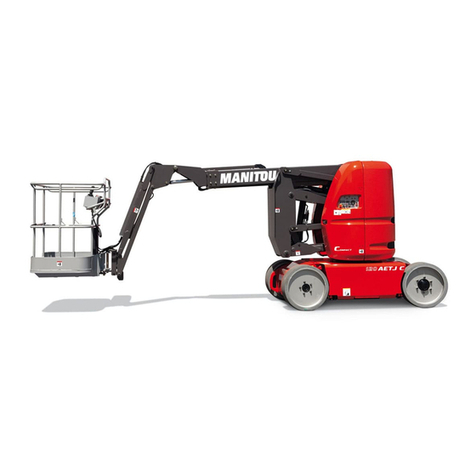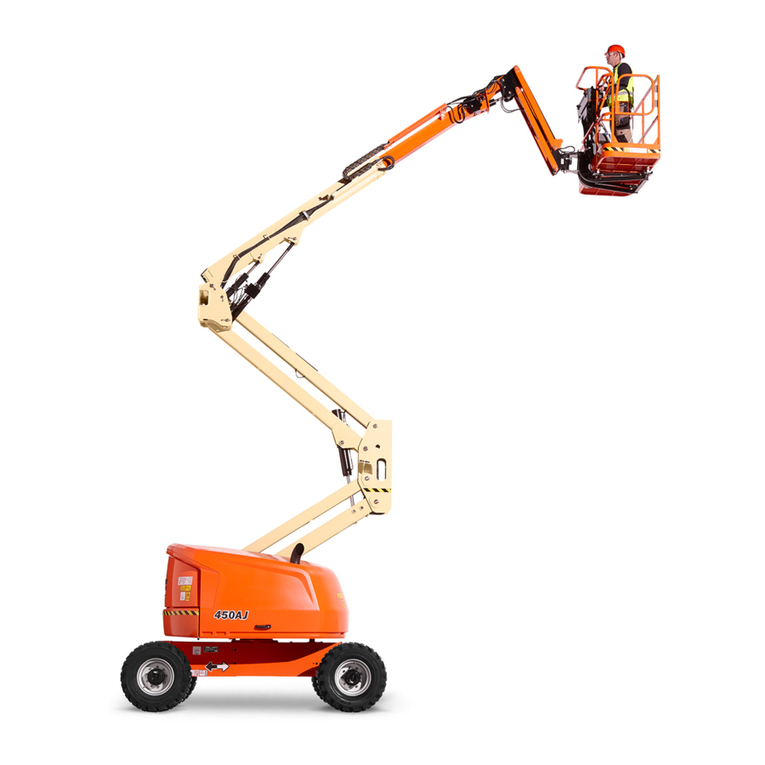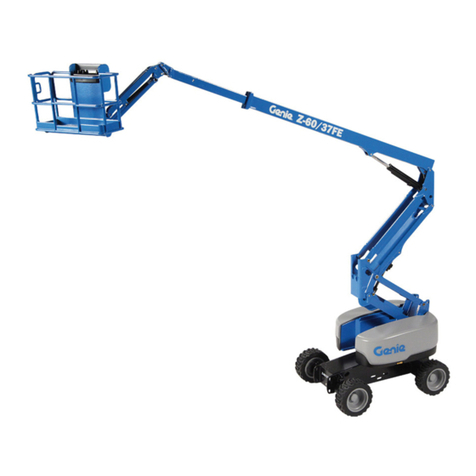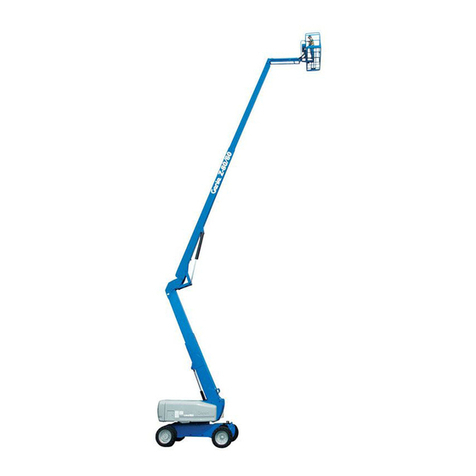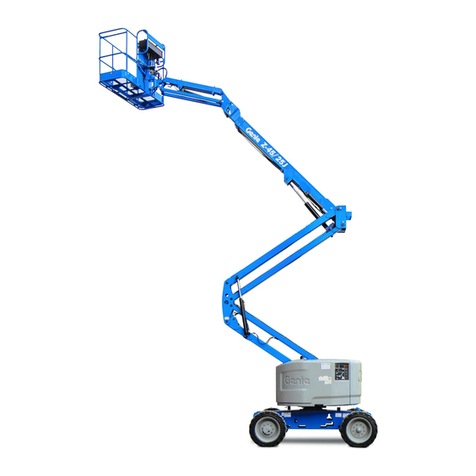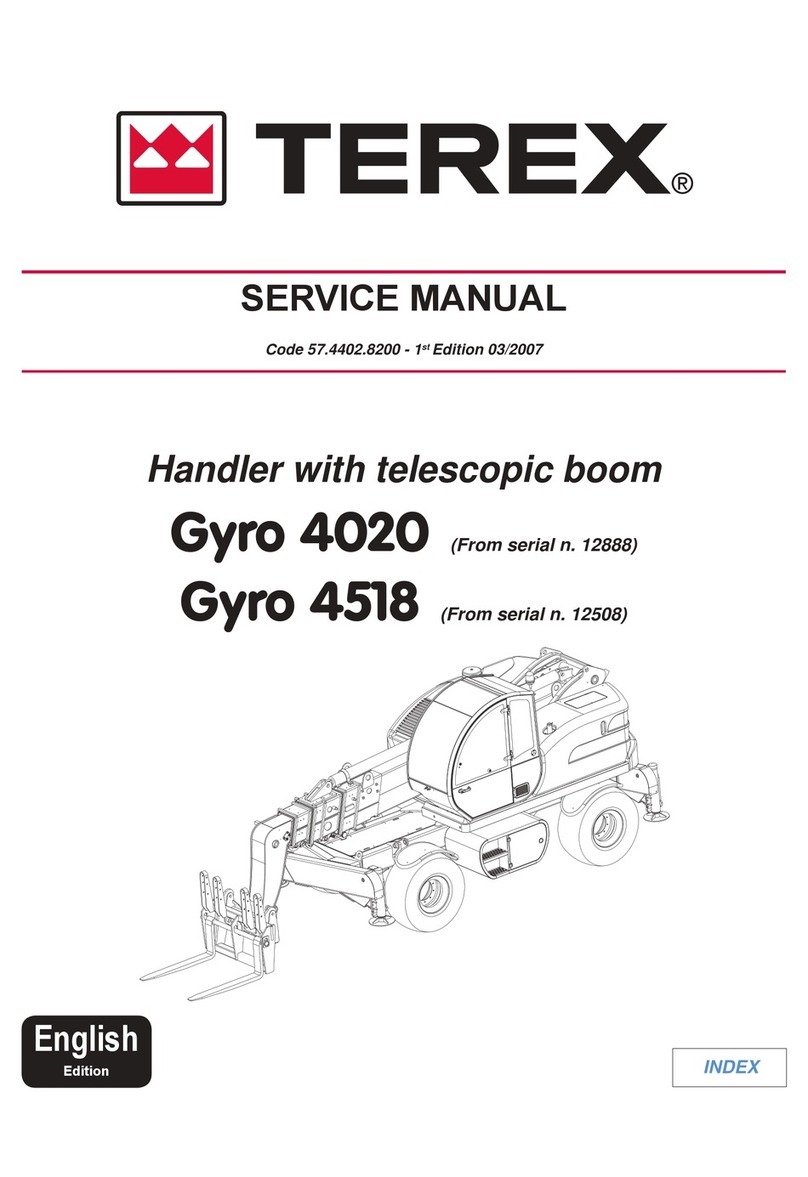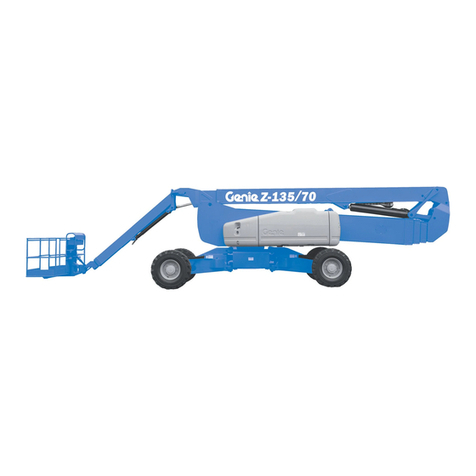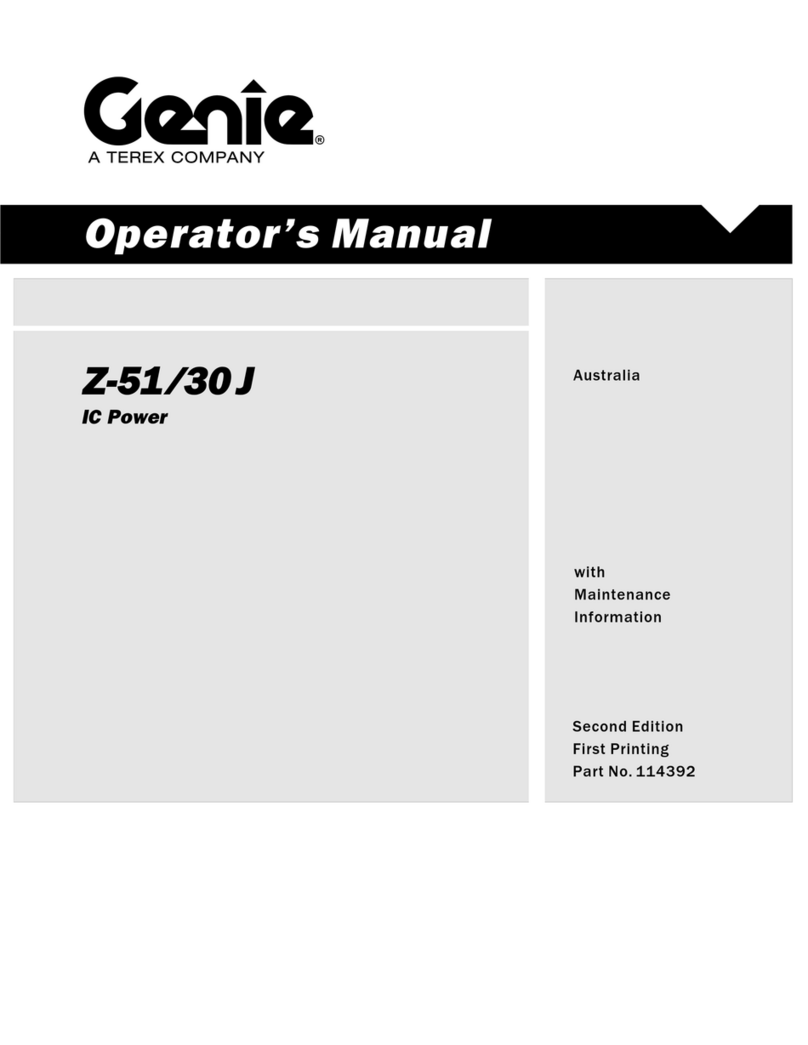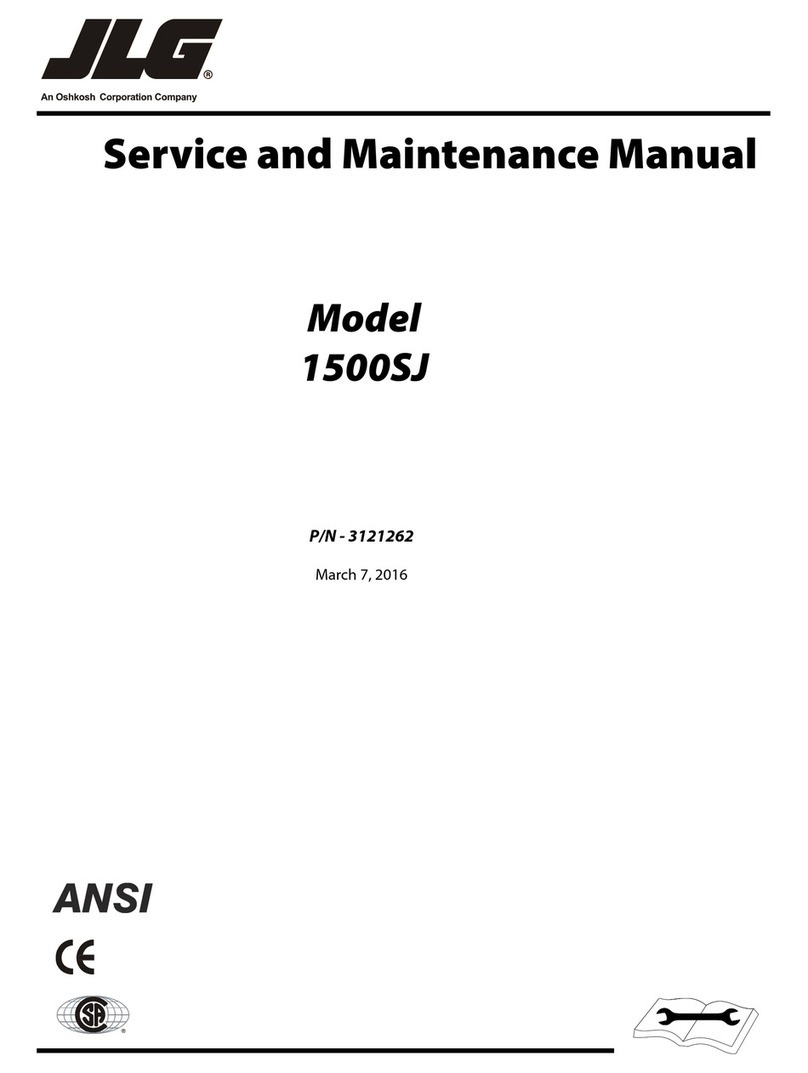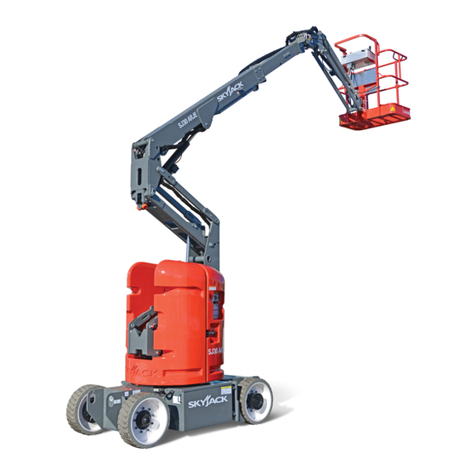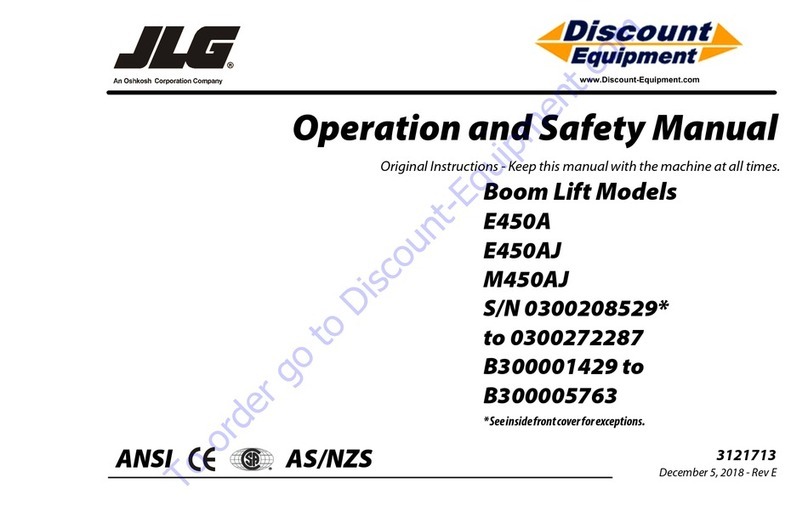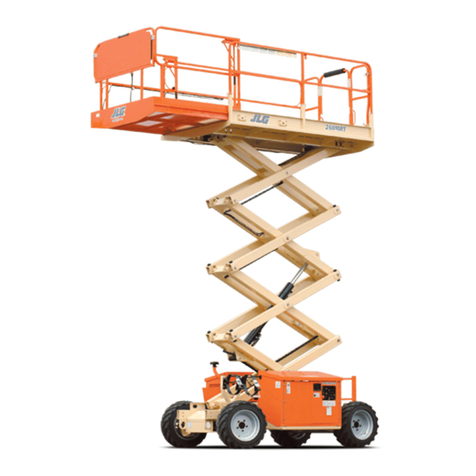
1-4
INSTRUCTIONS TO THE COMPANY MANAGER
PREAMBLE
WHENEVER YOU SEE THIS SYMBOL IT MEANS :
WARNING ! BE CAREFUL ! YOUR SAFETY OR
THE SAFETY OF THE PLATFORM IS AT RISK.
THE SITE
- Good personal control of the lifting platform’s operating area reduces the risk of accidents:
• The floor must not be unnecessarily broken or cluttered,
• No excessive slopes,
• Controlled pedestrian traffic, etc.
THE OPERATOR
- Only qualified, authorized personnel can use the platform. This authorization is given in writing by the appropriate person in the
establishment with respect to the use of platform and must be carried permanently by the operator.
On the basis of experience, there are a number of possible situations in which operating the platform is contra-indicated.
Such foreseeable abnormal uses, the main ones being listed below, are strictly forbidden.
- The foreseeable abnormal behaviour resulting from ordinary neglect, but does not result from any wish to put the
machinery to any improper use.
The reflex reactions of a person in the event of a malfunction, incident, fault, etc. during operation of the platform.
- Behaviour resulting from application of the “principle of least action”when performing a task.
- For certain machines, the foreseeable behaviour of such persons as : apprentices, teenagers, handicapped persons,
trainees tempted to drive a platform, operator tempted to operate a truck to win a bet, in competition or for their own
personal experience.
- The person in charge of the equipment must take these criteria into account when assessing whether or not a person
will make a suitable driver.
OBTAIN INFORMATION ON :
- How to behave when there is a fire.
- The location of the nearest first aid kit and fire extinguisher.
- The emergency telephone numbers for calling (the doctors, ambulance, hospital and fire brigade).
THE PLATFORM
A - THE PLATFORM’SSUITABILITY FOR US
- MANITOU has ensured that this platform is suitable for use under the standard operating conditions defined in this operator’s manual,
with an overload test coefficient of 1,25 and an operational test coefficient of 1,1, as stipulated in standardised norm EN 280 for MPLPs
(Mobile Personnel Lifting Platforms).
Before commissioning, the company manager must make sure that the platform is appropriate for the work to be done, and perform
certain tests (in accordance with current legislation).
B - ADAPTATING THE PLATFORM TO THE USUAL ENVIRONMENTAL CONDITIONS
- In addition to series equipment mounted on your platform, many options are available, such as : flashing light, working headlight, etc.
Contact your dealer.
- Take into account climatic and atmospheric conditions of the site of utilisation.
• Protection against frost (see chapter 3 - MAINTENANCE, LUBRICANTS page).
• Adaptation of lubricants (ask your dealer for information).
• I.C. engine filtration (see chapter 3 - MAINTENANCE, FILTER ELEMENTS page).
647414 EN (27/05/2015)
